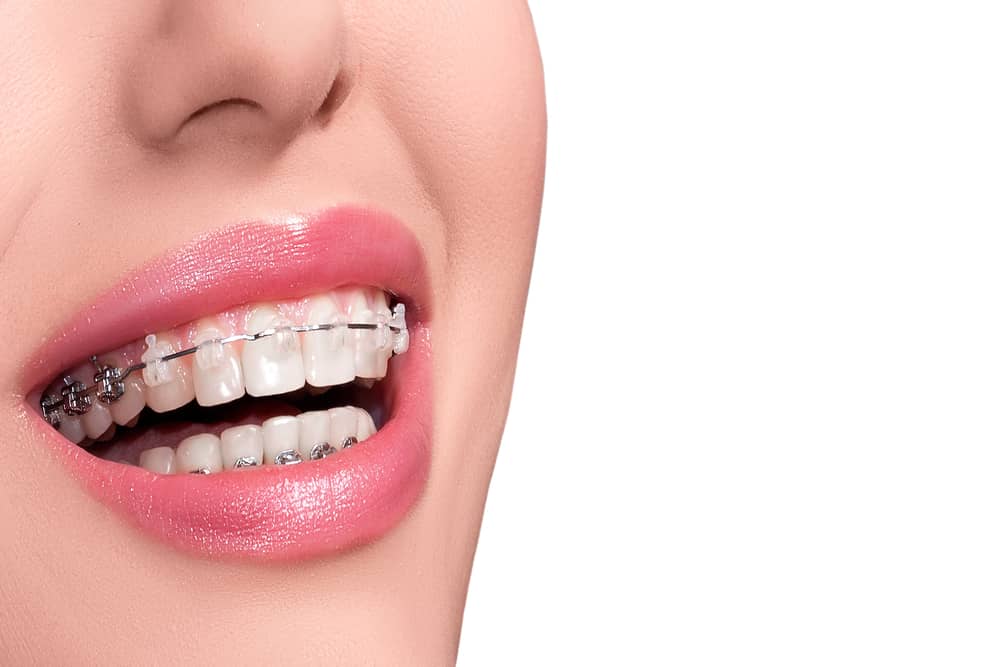If you're over 21 and want to have the perfect smile by aligning your teeth, here are different types of adult orthodontics you can consider:
Metal braces
It is the least expensive type of corset for adult use. This is the main stainless steel bracket that was first introduced in the market. The good thing about this accessory is that it is inexpensive. However, this comes with a visible problem.
Ceramic braces
This amount is slightly more expensive than the metal mount. It is invisible and held in place by flexible or metal straps. Ceramic brackets don't have as many downsides as their metal cousins Ceramic braces are also sensitive and delicate. Requires careful handling, especially during installation. This is one factor that drives up costs. When searching online, you can also find the best invisible braces for adults.

Lingual braces
This is a custom style of braces. It is attached behind the teeth and is invisible. Compared to metal or ceramic braces, they are more expensive because the process is complex and requires the hands of a trained orthodontist.
Lingual orthodontics may be ideal for adults because it does not work well on small teeth. If the braces do not fit properly on the wearer's teeth, they can obstruct the tongue. This can lead to language problems and injuries.
Invisible straps
It is the most expensive form of orthodontics for adults. It is invisible and is designed for people who have serious dental problems. Invisible braces are not provided with braces that attach to teeth. Lingual braces have a proper alignment that the user uses except when eating or brushing.
